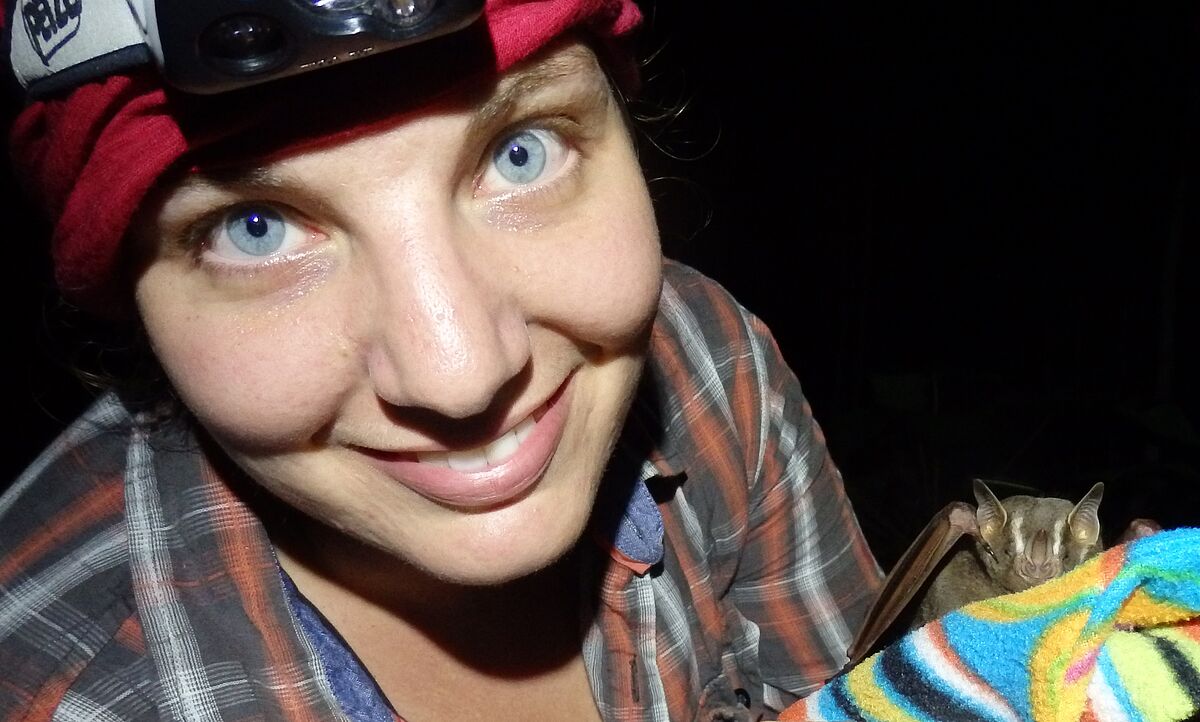Dr. Nicola Fischer
Applied Zoology and Nature Conservation
Soldmannstr. 14
17489 Greifswald
nicola_fischer(at)gmx(dot)de
Research Interests
My motivation to work as a biologist has always been driven by the aim to conserve species and reduce human impact on ecosystems. In recent years, emerging infectious diseases have grabbed my attention. Some of them (e.g. Dutch Elm Disease, Chytridiomycosis) have had a profound impact on (food-)plants and wildlife by causing massive die-offs, sometimes leading to local and global species extinctions. Outbreaks of disease often occur rapidly and unpredictably. In order to combat this threat, it is critical for scientists to understand how the host becomes infected with a pathogen while also investigating the evolutionary forces that have shaped pathogen populations in the past and present.
During recent years I have been working on the fungal pathogen Pseudogymnoascus (Geomyces) destructans, which is the causative agent of the recently emerged White-Nose Disease in bats. The pathogen originates in Europe and has been introduced to North America – where millions of bats have died following infection since 2006. I use population genetics approaches to investigate how bats become infected with this pathogen by disentangling bat-to-bat infections from environment-to-bat infections. I have found evidence of environmental reservoirs from which bats could become infected and am deepening my understanding of these pathogen reservoirs and their implications for disease management strategies. I am also examining the distribution of the fungus in its home range (across Europe) and its population structure in order to better understand the factors that enabled its introduction to North America and its rapid spread there. The more knowledge the research community has on the biology of the fungus and its adaptation to host and environment, the better the spread and impact of the disease can be controlled.

